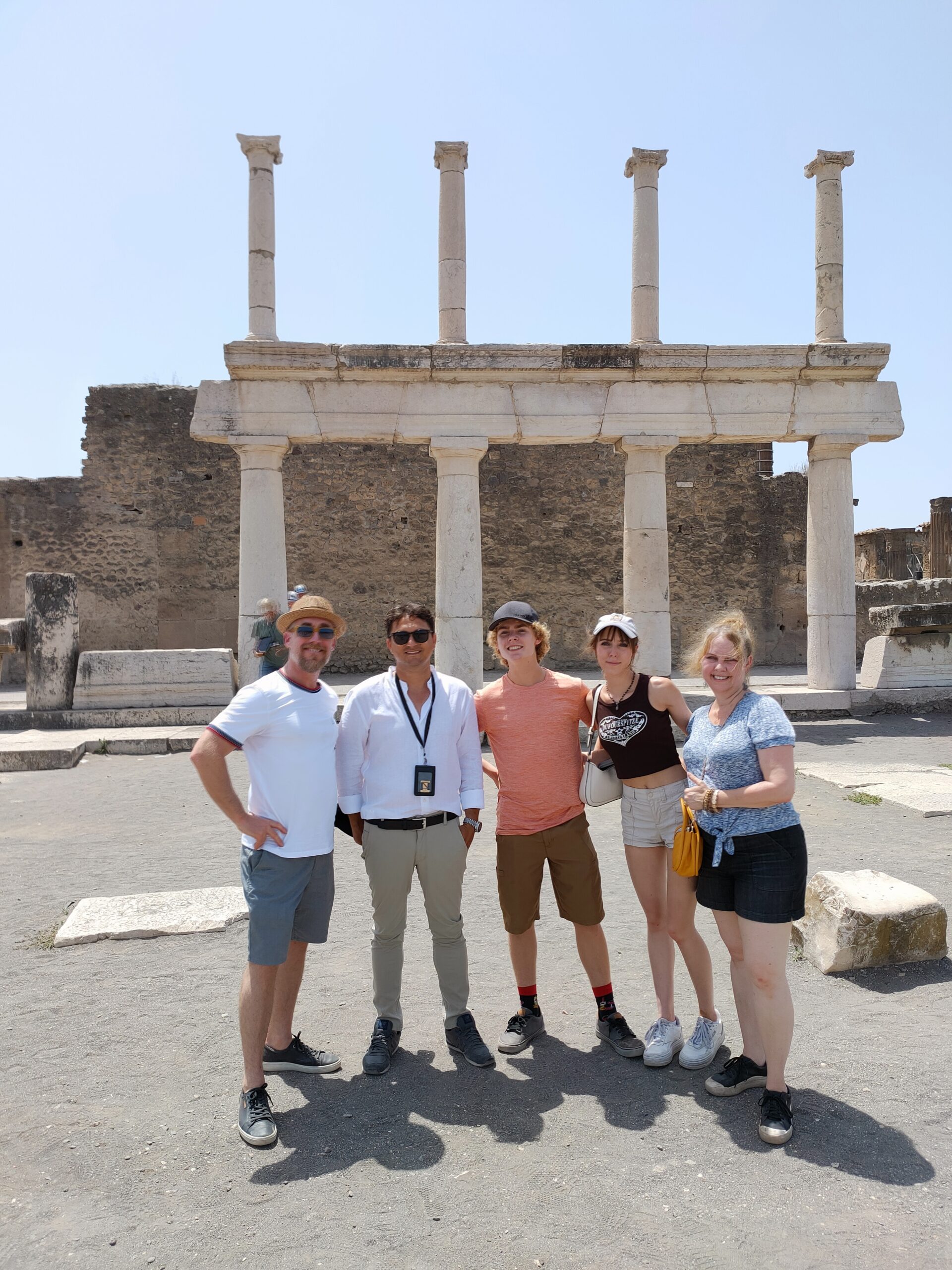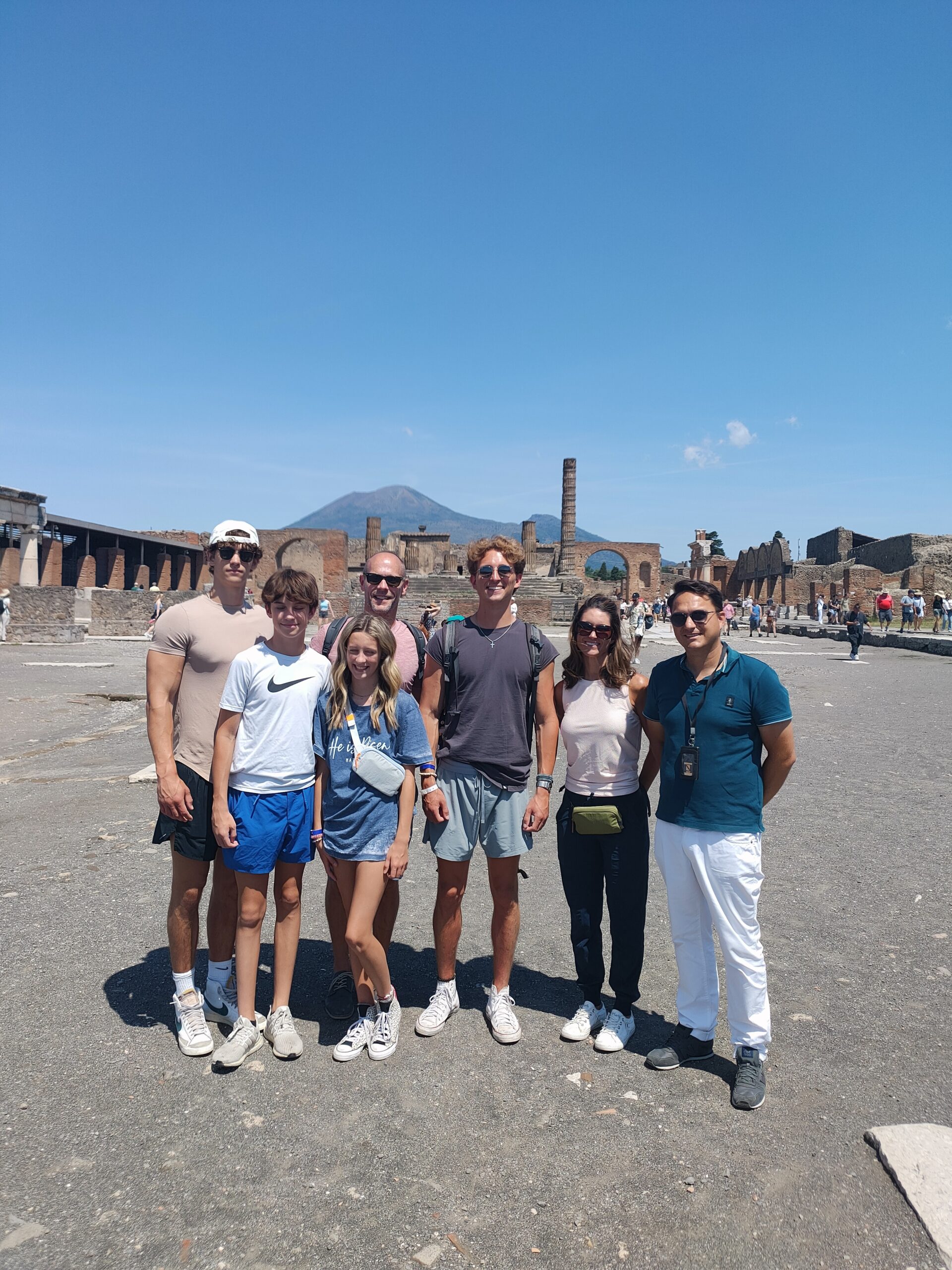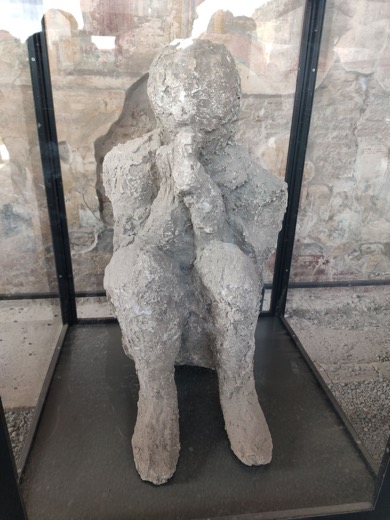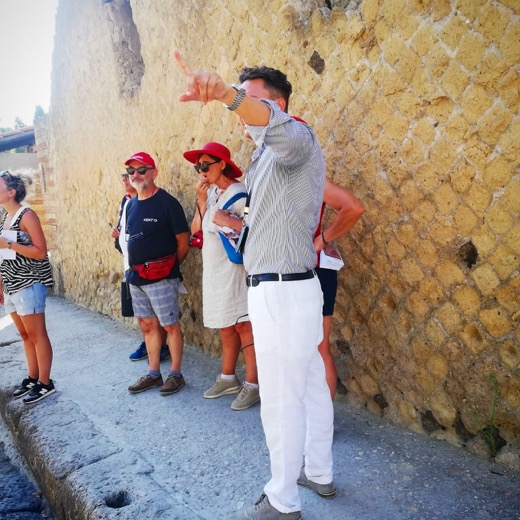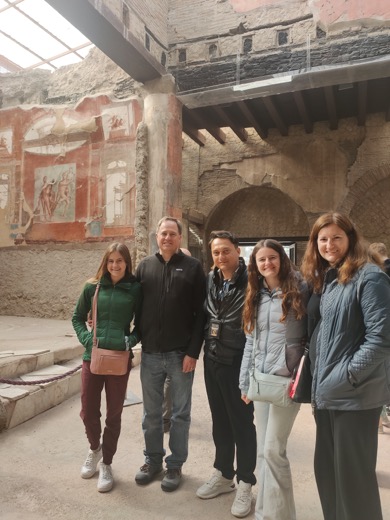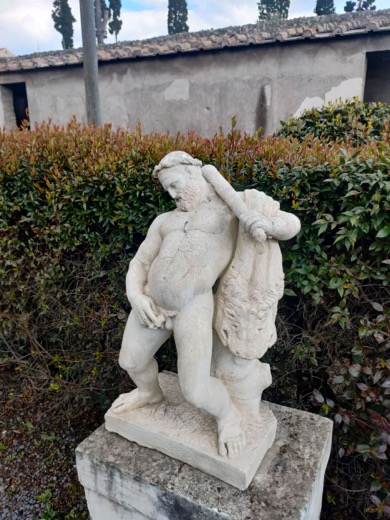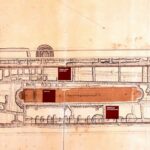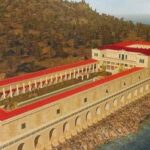Villa of the Papyri
Villa of the Papyri: An Ancient Roman Treasure Trove
The Villa of the Papyri, one of the most luxurious and significant archaeological sites from ancient Rome, offers an extraordinary glimpse into the opulent lifestyle of the Roman elite. Located in the ancient town of Herculaneum, this villa was buried under volcanic material during the catastrophic eruption of Mount Vesuvius in 79 AD. Its rediscovery has provided invaluable insights into Roman architecture, art, and literature. The villa has been attributed by some scholars to Lucio Calpurnio Pisone Cesonino, a Roman senator who lived in the first half of the 1st century BC. and father-in-law of Julius Caesar. The Piso family was a very important Roman aristocratic family that had several members in the Senate of Rome.
Discovery and Excavation
The Villa of the Papyri was discovered in 1750 by workmen digging a well. The first eighteenth-century excavation was carried out through wells and tunnels with the sole purpose of taking away parts of frescoes, statues and everything significant that would have been part of the collection of the king of Naples, Charles of Bourbon. The villa extended over 250 meters along the coast of the Bay of Naples.
In the 90s, the entrance to the Villa was excavated, its monumental atrium which presents along some walls the cuts of the frescoes made during the eighteenth-century excavation. It is named for its extensive library of papyrus scrolls, which is the largest collection of its kind ever found in a classical context. These scrolls were preserved by the volcanic material, offering a rare opportunity to study ancient texts.
Architecture and Layout
The villa’s architecture reflects the grandeur and sophistication of the Roman aristocracy. Designed in the peristyle format, it features an extensive courtyard surrounded by columns, gardens, and luxurious living spaces. The villa includes:
– Atriums and peristyles adorned with statues and fountains.
– Residential quarters featuring elaborately decorated rooms with frescoes and mosaics.
– Bath complexes, showcasing the Roman emphasis on hygiene and social bathing practices.
– A large library housing the famous papyrus scrolls.
The Papyri Collection
The library of the Villa of the Papyri is its most remarkable feature. The collection includes over 1,800 papyrus scrolls, primarily written in Greek and Latin. Many of these texts are philosophical in nature, attributed to the Epicurean philosopher Philodemus. The discovery of these scrolls has significantly enhanced our understanding of ancient philosophical thought and literature.
Art and Sculptures
The villa is also renowned for its stunning art collection. Excavations unearthed a vast array of statues, busts, and reliefs, many of which are now housed in the National Archaeological Museum in Naples. Notable pieces include:
– Bronze statues of athletes, deities, and animals, showcasing the high level of craftsmanship.
– Marble busts of prominent figures, possibly the villa’s owners or their patrons.
– Mosaics and frescoes depicting mythological scenes, daily life, and decorative motifs.
Preservation and Modern Study
Efforts to preserve and study the Villa of the Papyri continue to this day. Modern technology, such as multi-spectral imaging, has allowed researchers to read the carbonized papyrus scrolls without unrolling them, preserving the fragile texts. Ongoing excavations and research projects aim to uncover more of the villa’s secrets and to better understand its historical and cultural significance.
Conclusion
The Villa of the Papyri stands as a testament to the wealth and intellectual pursuits of the Roman elite. Its remarkable preservation offers a unique window into the luxurious lifestyle, architectural ingenuity, and literary culture of ancient Rome. As excavations and research continue, the Villa of the Papyri remains a focal point for scholars and historians seeking to uncover the mysteries of the past.


